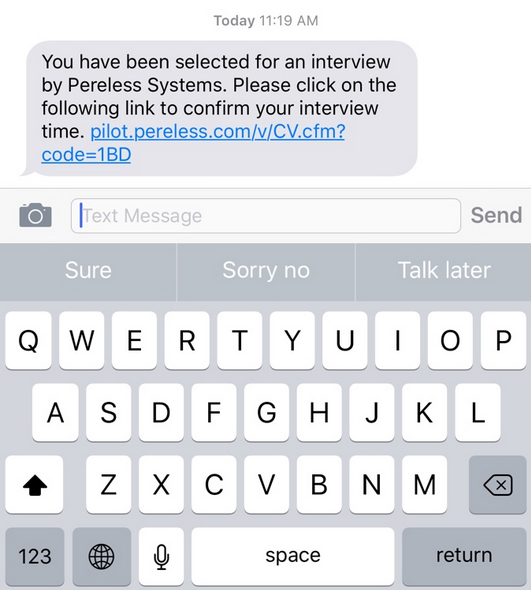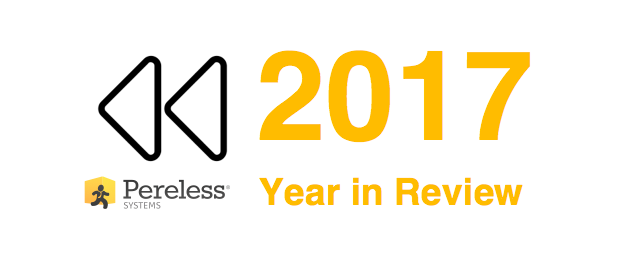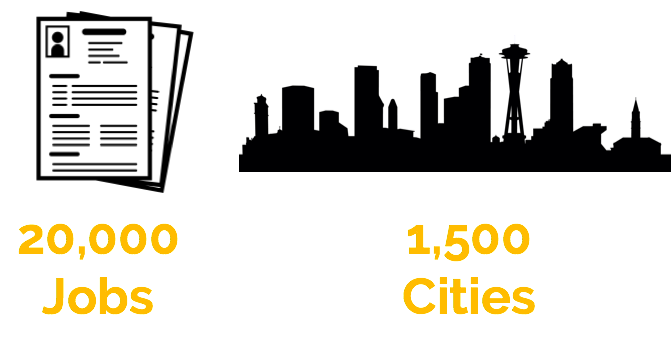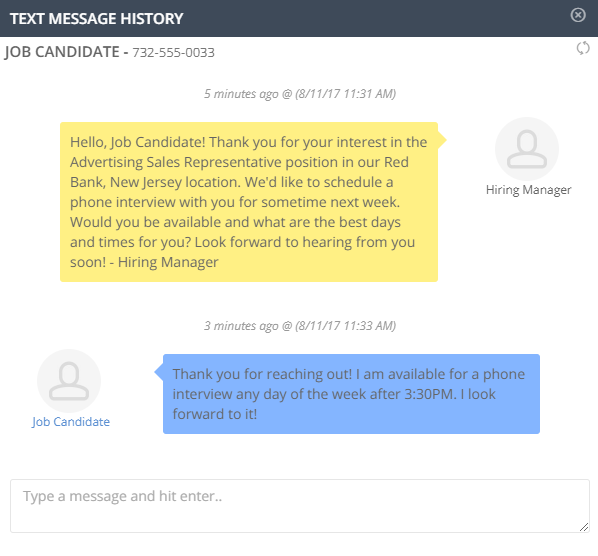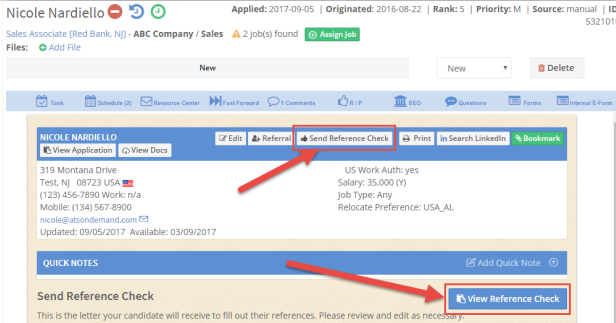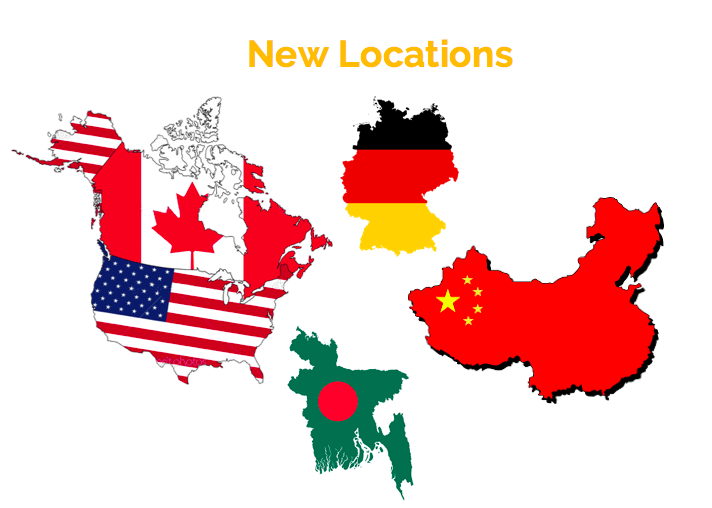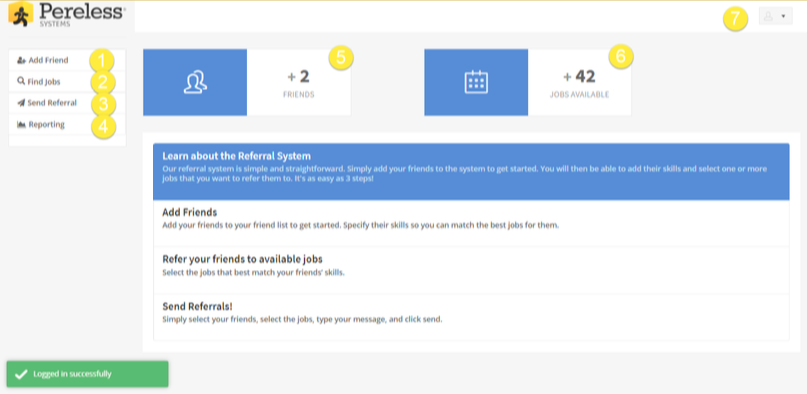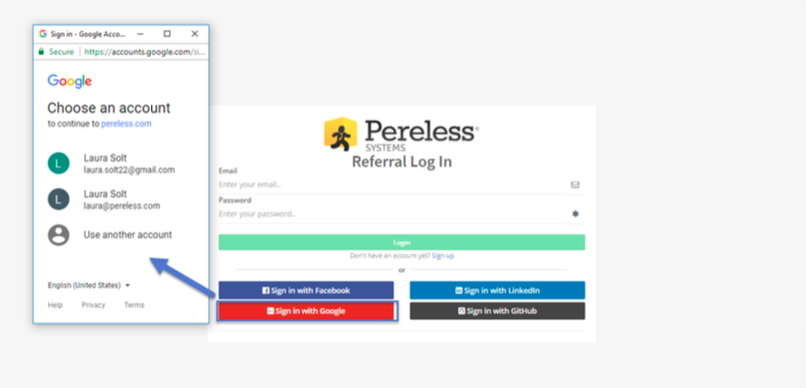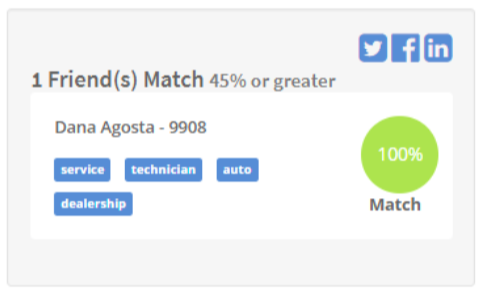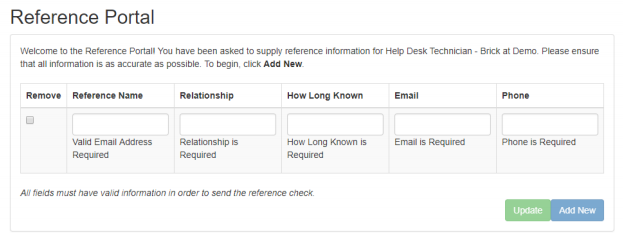You finally found the perfect person for that job you’ve been looking to fill. Their resume is full of accolades and qualities that you, the recruiter have been searching for. They are starting next week; how do you ensure successful onboarding? Here are a few tips on the matter.
Comfortability
There is always nervousness both from the new employee and the current staff when there is a new addition to the team. It’s important to make the new hire feel at home, as cliche as that sounds. Doing things like getting lunch as a team or just going up to them and having an introductory conversation could quickly ease the tension of having someone new in the office. If the new staff member is comfortable and can embrace the company culture right from the start, there is a higher chance you will see success and positive results of the hire quickly.
Train, Train, Train
Another important aspect to ensure success of a new hire is training. You cannot expect the new hire to understand everything from the start and putting a thick training manual on their desk isn’t an effective way of teaching. Creating a training itinerary that is divided into parts that can be easily consumed by the trainee.
Also, get different team members to train, this is effective in two ways: it helps the employees to get to know the new staff member and it gives the new hire different perspectives on how to get things done. Paper training is a thing of the past, if you want the new employee to catch on fast, fact-to-face training is the way to go.
Mentorship
Assign someone who the new hire can go to when they need help, have questions or may confide in if any problems arise. Many times, new employees may have questions but are scared or nervous to ask anyone, so they try to figure it out themselves.
This can lead to confusion and wasted time on something that could possibly be answered by a team member. New hires don’t want to seem unknowledgeable, so it is a good idea to assign a team member to help them from the start. This will help make the new hire be an effective employee right away.




